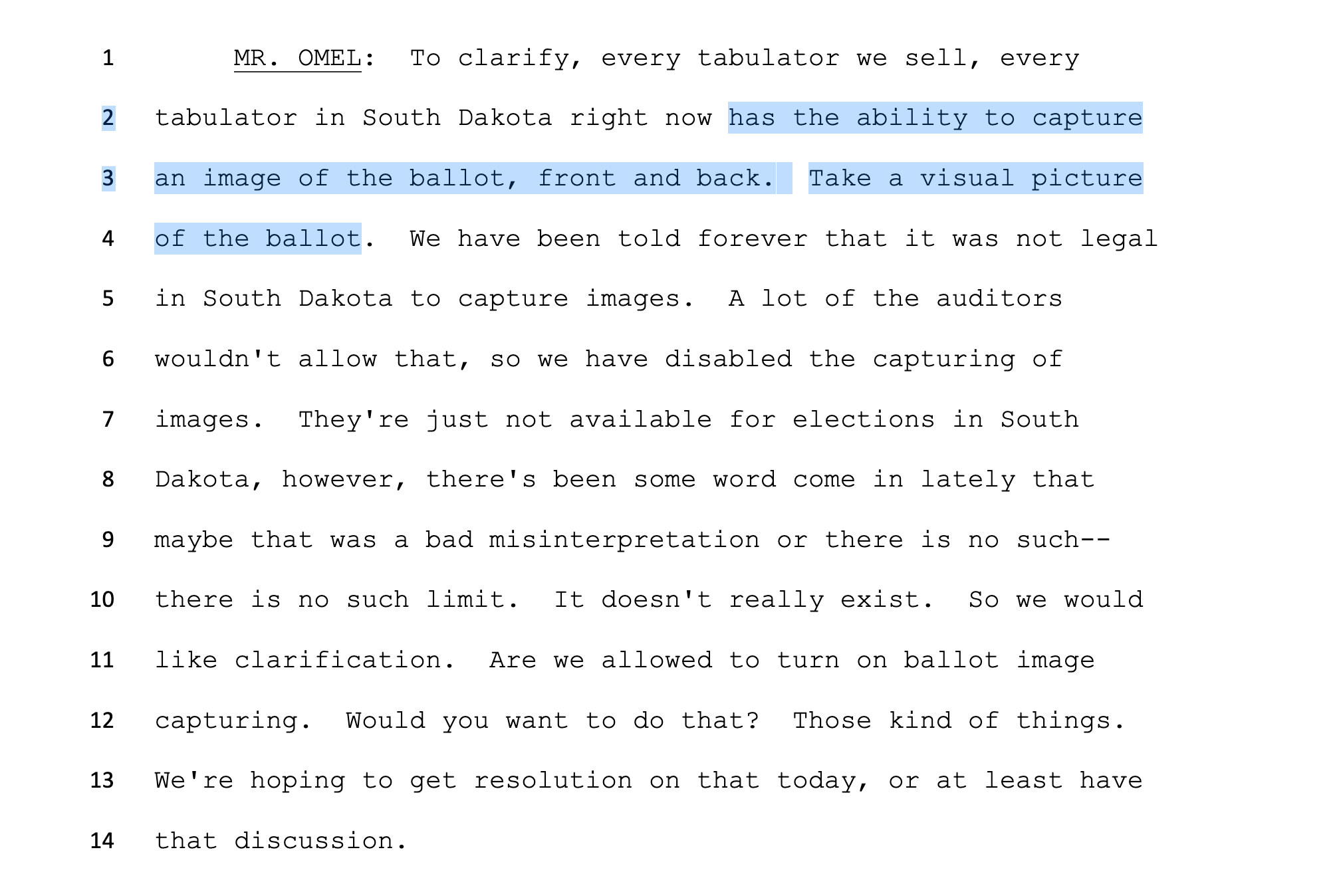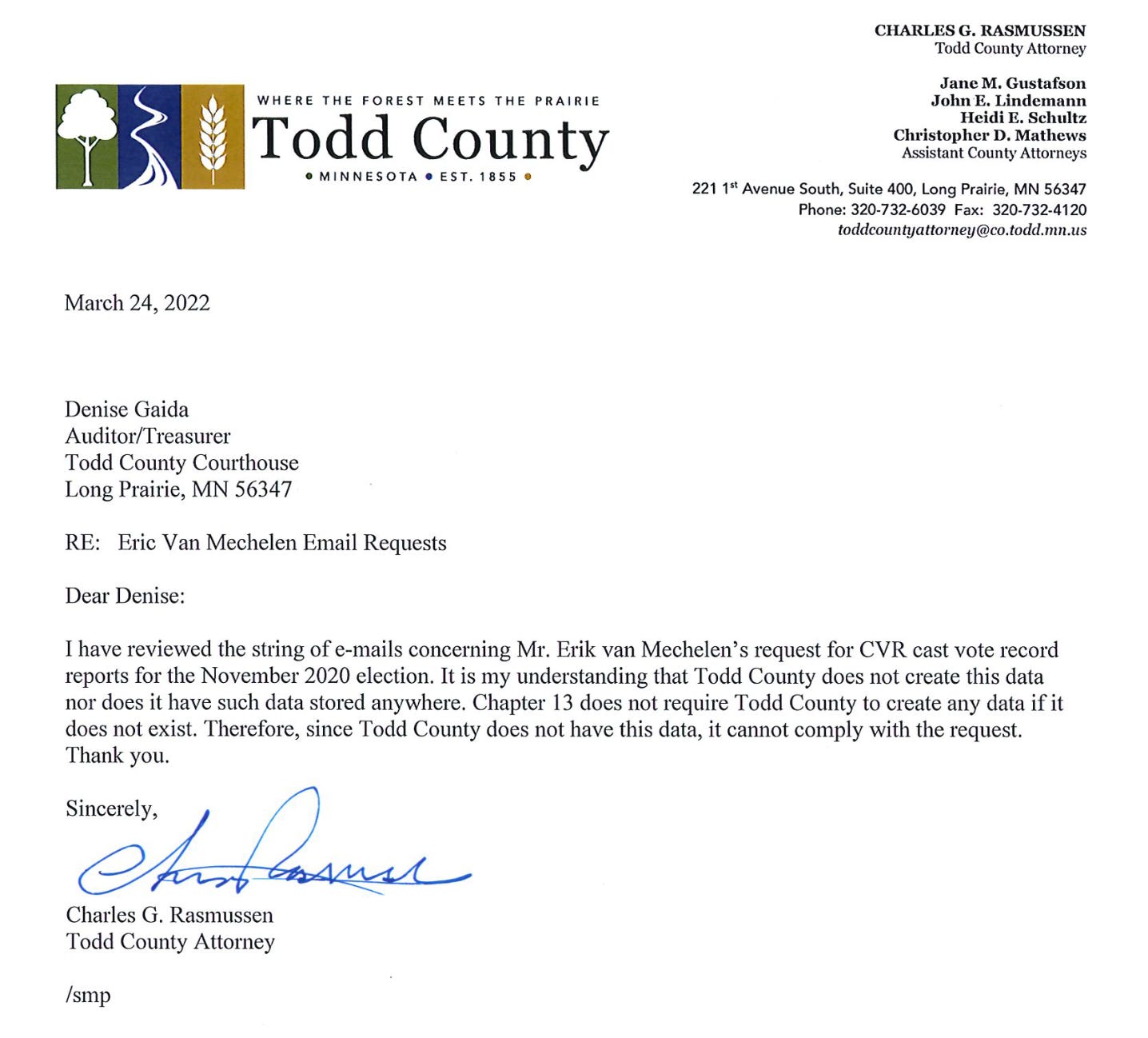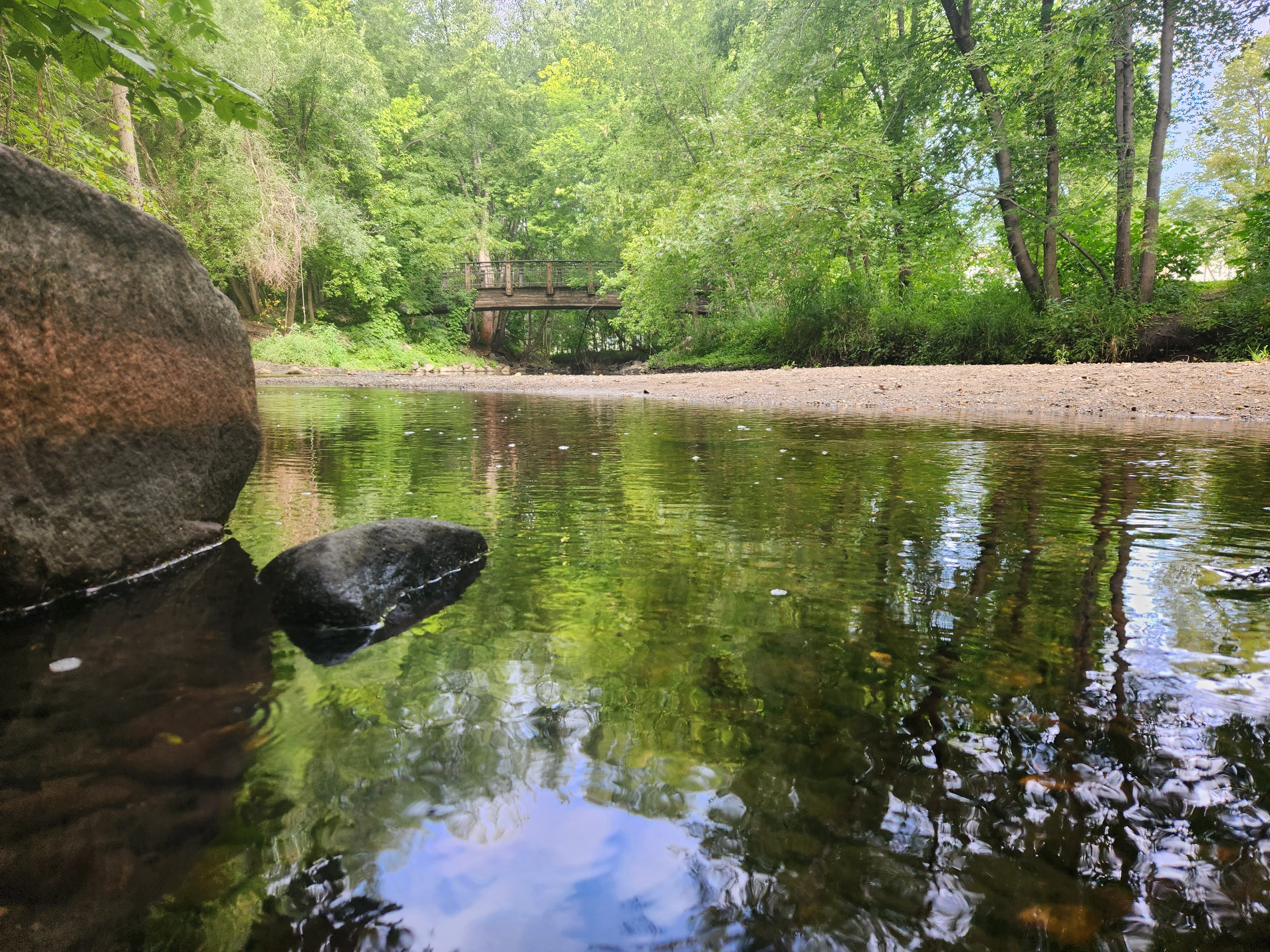1 conversation proves 3 years of lies
Skip to bottom if you just want a recap of what executives at ES&S said about CVRs. A future post will go into more depth on the details of the transcript.

Good things come to those who wait. To those who patiently persist in the race they are running. And to those who don’t give up and love what they are doing. Time eventually runs out for liars because the lies catch up to them. Their lies are like punches and a eventually there are no more punches to throw and the truth can throw a single blow which knocks the liar out (or throw none, the sheer weight of the lies causing the liar to collapse).
Why even audit an election which experts say is secure?
Let’s rewind a bit and ask a question: How many states have done audits of the 2020 election beyond the standard post-election reviews (which, in places like Minnesota, review far less than 1% of ovals in a very controlled environment, while not reviewing the legitimacy of any of those ballots.)
Answer: The only state to do a review of a significant number of actual ballots was Arizona, in Maricopa County, where among many findings, issues with signature verification alone (for all those mail-in ballots) was very bad. The audit process was infiltrated and there was effective censorship of these bombshells. Then, in the Kari Lake trial for the 2022 midterms it was demonstrated that the reviewers at times barely checked, and at other times didn’t check at all, for hundreds of thousands of mail-in ballots. So Arizona did a bit of work in 2021 for the 2020 election and found numerous problems. Then the Kari Lake trial (ongoing). A good start. Meanwhile, almost every other state hasn’t audited their elections nor voter rolls or has merely reviewed a tiny percentage of ballots in very limited ways (under the normal processes).
Why the fuss about cast vote records?
Starting in 2021, the 2020 general election cast vote records (election receipts), a standard since 2005 (midwestswampwatch.com) and part of every electronic voting tabulator (or it cannot be used to tally votes), have been requested in almost every county in America as part of arguably the largest citizen-led investigation in our country’s history.

Some states had counties which refused to give out any. Other states got nearly 100% compliance. There were some with very little.
Minnesota got just one (1) CVR from Fillmore County for 2020, and several partials for 2020 and 2022 since, including at least two after the 93rd Legislature passed legislation making the ballot images portion non-public data, which is BS on its face, but the transcript from Nebraska proves it and demonstrates the lies from numerous reporters, officials, and fans of the MNSOS. Anyone who was fooled by these lies should be asked whether they are ready to correct their mistake, honest or not. Even though it is currently illegal to release ballot images, the comma-delimited file is still available in Minnesota and all 87 counties should release it immediately. (Note 1: Consider whether or how much comma-delimited files—not the ballot images—are even useful three years after an election; Note 2: Dr. Daugherity has noted that the way these files are produced has changed since the revelations about their utility—side note: Dr. Daugherity received the Pima County CVR from a high school friend showing the importance of maintaining good relationships!)
Most auditors I spoke in 2022 weren’t aware of cast vote records when I called them on the phone. But when the public data requests came in waves in part thanks to Mike Lindell and others heavily marketing this idea, election offices learned quickly, often with “help” from their county attorneys and the secretaries of state. It was obvious they were leaning on comms from outside their own offices because many of the replies to requests were the same: don’t have them, don’t exist, can’t give them to you, in language and syntax that mirrored the others, almost as though one person was writing them for all 87 counties in the state, if not beyond. (There’s a side discussion to be expanded later on how the Minnesota SOS is vice chair of DASS.)
Maybe auditors and staff weren’t aware of the cast vote records because the process had never included a review of them (odd, isn’t it?). Maybe new training materials need to be made and distributed. (Some of our requests included step by steps to guide election staff on downloading the reports from their machines or computers.) Maybe there was also dissonance because staff believed they’d done everything in the recent election by the book. (And many did, except the book leaves out a few things...)
Either way, the cast vote records are government work product and therefore public information.
And the public was asking. Constantly. (Matthew 7:7, Amplified - Ask and keep on asking and it will be given to you; seek and keep on seeking and you will find; knock and keep on knocking and the door will be opened to you.)
So, why then were so many counties withholding them? To this day, no one knows ;)
South Dakota
South Dakota was a state where none were shown or released to the public and there were denials of their existence at all levels, from county offices up to the SD Secretary of State.
This summer, a contingent from South Dakota visited the ES&S offices in Nebraska on June 16, 2023, and recorded the meeting, which has been transcribed HERE first released HERE.
One attendee, SD SOS Monae Johnson, was supported by grassroots but after being elected SOS betrayed those supporters, falling in line with the establishment GOP, the powers that be that are clinging to the status quo. (Forgive me but I’m mainly mentioning this because there will be a forthcoming article on the current reclaiming of the MNGOP by patriots, which involves considerable weeding out of people who don’t love this country and possibly hate it.) So credit for this work should not go to Johnson but to others such as those within the SD Canvassing group.
Now I quote SD Canvassing’s Telegram:
This is a professionally transcribed document of an audio recording of the June 16, 2023 ES&S Task Force meeting between the South Dakota Secretary of State and her delegation with ES&S Executives at ES&S headquarters in Omaha, Nebraska.
ES&S Executives state the following:
1) YES, their machines make CVRS.
2) The CVRs are not proprietary
3) The CVRS do NOT identify a voter
4) The CVRS are ALWAYS 100% AVAILABLE
5) ES&S has never said to anyone in South Dakota that the CVRS are not available.
6) The COUNTY OWNS THE DATA
7) No one knows why the ballot image function was shut off in SD. This is not against the law as the SOS office has been saying for years. This is their words in black and white.
End of quotation.
Note that re: #7 in this book I referred to the ballot image function being able to be shut off since MNSOS has mentioned this on occasion as an excuse for there not being CVRs (but according to the ES&S manual, this should be done only for testing purposes, not for actual elections). Reason why: I could run an election, turn off ballot images, and then provide an altered comma-delimited CVR file to you while having no ballot images to compare against (and also never show you the ballots.
Citizen investigation, reporting, and journalism
The above shows an incredible example of citizens in South Dakota figuring out a way to meet with executives of the most prolific electronic voting equipment company in this country (ES&S) in order to reveal a truth hidden from the public up until now.
I’m continually impressed, in awe, and grateful to all those citizens who continue to investigate what has till now been in the shadows. Sometimes it does take a hidden camera or audio recording device for the truth to be shown to the public so that the public can be informed and decide what to do with that information previously withheld from them.
